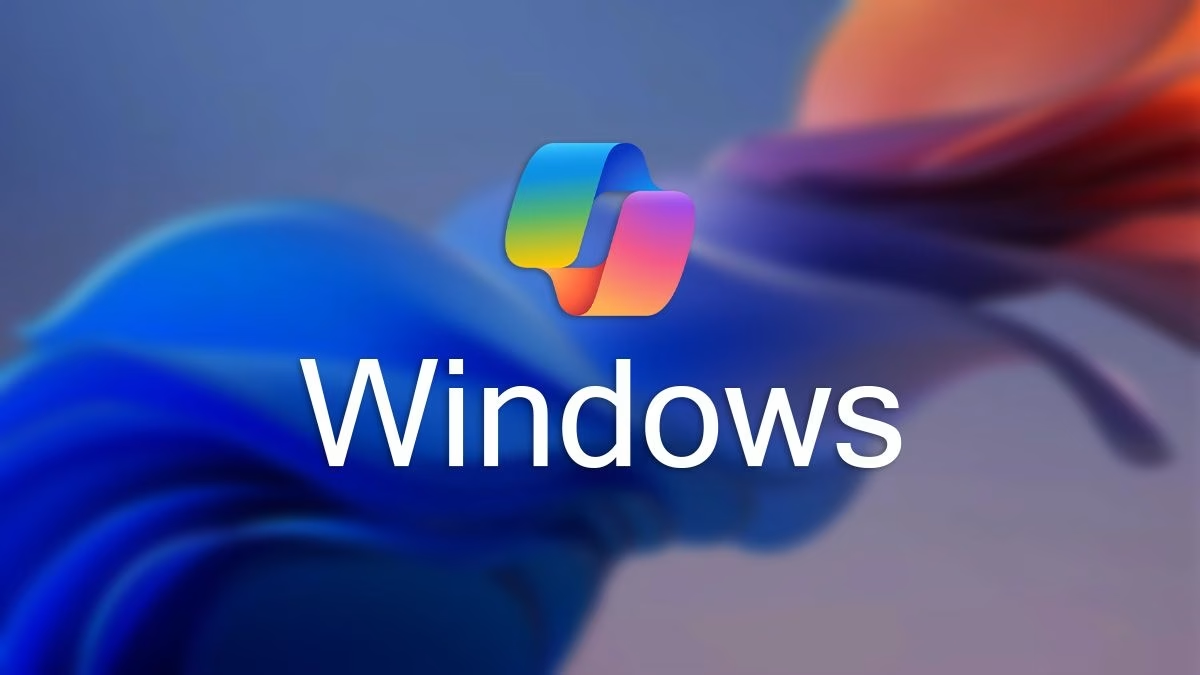Microsoft Closes Door on Easy Windows 11 Local Account Setups
Microsoft is tightening its grip on the Windows 11 setup process, actively removing workarounds that allowed users to bypass the requirement for an online Microsoft account during installation. In a recent Windows Insider Dev Channel build (Build 26220.6772), the company has disabled previously popular methods, signaling a definitive shift towards an online-first experience for new Windows 11 installations.
This move, confirmed by Amanda Langowski, lead for the Windows Insider Program, aims to ensure a more complete and consistent setup experience. According to Langowski, the bypassed mechanisms, while useful for avoiding Microsoft account creation, could inadvertently skip crucial setup screens. This, she stated, might leave devices "not fully configured for use." Consequently, users installing Windows 11 in future releases will likely find themselves needing an internet connection and a Microsoft account to get through the Out-of-Box Experience (OOBE).
The End of the Workarounds
For a while now, users seeking to avoid a Microsoft account during Windows 11 setup have relied on a couple of clever tricks. Earlier this year, Microsoft patched out the "bypassnro" method, a relatively straightforward command that essentially disconnected the setup from the internet. But the community, ever resourceful, quickly discovered an alternative: the "start ms-cxh:localonly" command. This was a neat little URI scheme that, when entered via the Command Prompt during OOBE, tricked the installer into offering a local account option, even on Windows 11 Home and Pro editions.
However, this latest Insider build marks the end of that particular workaround. Attempting to use "start ms-cxh:localonly" now reportedly just resets the OOBE process, failing to bypass the Microsoft account requirement. This suggests Microsoft is actively patching these loopholes, making it increasingly difficult for users to opt out of an online account during the initial setup.
Why the Push for Online Accounts?
Microsoft's persistent drive towards an online-first setup for Windows 11 isn't entirely out of the blue. The company benefits significantly from users being integrated into its ecosystem. A Microsoft account unlocks a suite of services, from OneDrive cloud storage and seamless device syncing to personalized settings and access to features like Copilot. For Microsoft, this integration is key to driving adoption of its cloud services and reinforcing its digital footprint.
Furthermore, the company argues that a full OOBE, including online account setup, ensures all necessary configurations—privacy settings, region selection, security updates—are properly addressed. This, in theory, leads to a more secure and fully functional user experience right from the start. It's a trade-off, however, between user convenience and Microsoft's strategic goals.
A Glimmer of Hope: User Folder Customization
The new Insider build introduces a command-line option during setup that allows users to specify a custom name for their default user folder. While this isn't a graphical interface and still requires some technical know-how, it's a step towards addressing a common user complaint. The hope is that this functionality will eventually become a more user-friendly, integrated option in future Windows releases. It's a small win, perhaps, but a welcome one for those who value a cleaner file structure.
Community Reactions and Future Implications
The news of these changes has, predictably, stirred up quite a bit of discussion online. Many users express frustration, viewing this as another instance of Microsoft forcing its ecosystem onto them. Privacy advocates and those who prefer to keep their operating systems offline are particularly vocal, seeing these moves as restrictive. The ease of the previous workarounds made them popular, and their removal means many users will either have to adapt to using a Microsoft account or explore more technical, less accessible methods like custom unattended answer files.
On the flip side, some acknowledge the potential benefits of a more guided setup, especially for less tech-savvy users who might otherwise miss critical configuration steps. The long-term implications are clear: Microsoft is doubling down on its connected Windows experience. This could lead to increased adoption of its cloud services but also risks alienating a segment of its user base that values offline control and privacy. As Windows 11 continues to evolve, the tension between Microsoft's ecosystem ambitions and user preferences for autonomy will likely remain a key narrative.
